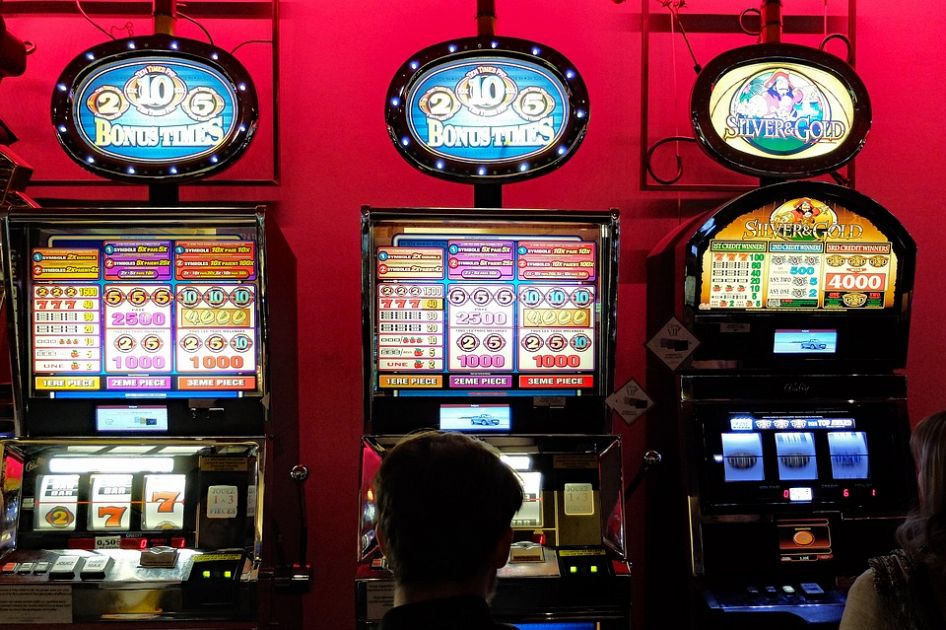
A demo slot machine is a type of casino game in which a player spins a reel to try and win a jackpot. It is activated by a lever that is pushed down. The machine accepts cash or paper tickets that have barcodes on them. When a winning combination occurs, the player receives credits based on the pay table. Slot machines are different from other casino games.
Slots come in two basic forms: video slots and reel machines. Video slots have many lines of play and are generally more entertaining, but they can also be more risky. Reel machines are more reliable. They have a limited number of possible combinations, so the manufacturer can’t offer large jackpots.
The random number generator is a component of every slot machine. The RNG is responsible for assigning a certain probability to each symbol. In addition to the RNG, each slot machine has a weight count. The weight count is the total value of coins and tokens removed from the slot. This count is usually done by a casino hard count team.
Some of the most popular slot games include King Cat, Dragons, Queens of Glory, and Joker Jewel. Many of these games have bonus features that are aligned with the theme of the game. These features can be used to help the player increase their payouts.
Pragmatic Play is one of the most popular slot game developers. Many of their games are available on mobile devices, which makes them ideal for gamblers who prefer to play on the go. Their slots are also popular among iGaming enthusiasts. Their games are available in 31 languages and can be played in multiple currencies.
Several new developments in the gaming industry have led to variations on the original concept of the slot machine. One of the first is the use of microprocessors. Electronic slot machines can be more colorful and feature interactive elements. Moreover, some video slot games include bonuses, which improve the odds of the player winning with increased wagers.
Another key factor in the design of a slot machine is the amount of volatility. High volatility slots tend to give a larger payout in a shorter period of time. On the other hand, low volatility slots are more predictable and offer smaller payouts more often.
To determine how much volatility a particular slot game has, compare the number of winning combinations and the number of times it pays out. For instance, if a slot has a theoretical payout of 1000 times, then the machine is a high risk. However, if it has a payout of 10 times, then the machine is a medium-risk. Regardless of which kind of slot you choose, volatility is a key determining factor in how the game plays out.
The design of a slot has changed dramatically since its invention. Originally, a slot was composed of five reels, with each symbol being placed on a separate reel. As more and more symbols were added to the reels, the odds of losing a symbol were disproportionate to the odds of getting a symbol on a physical reel.